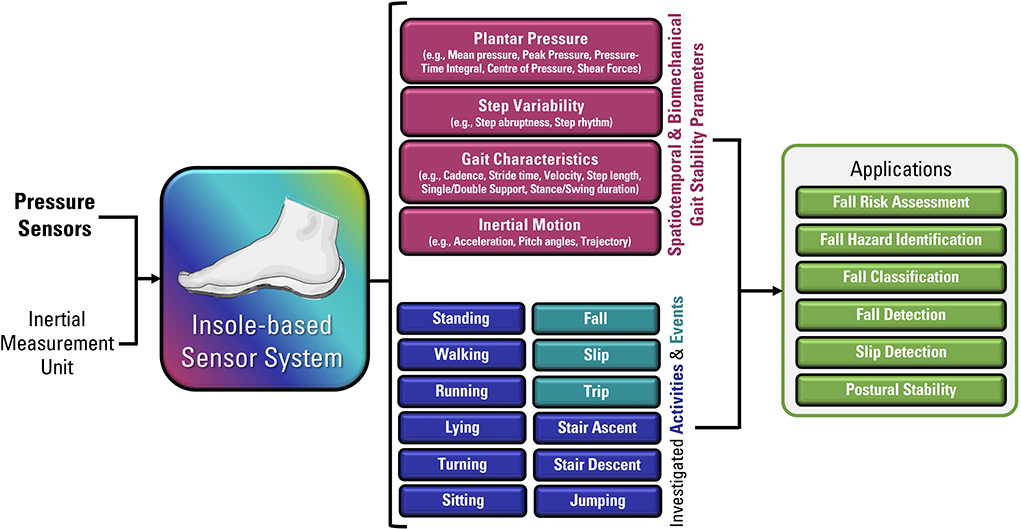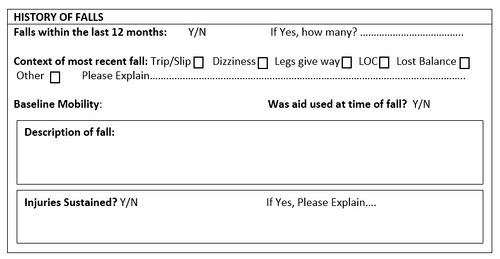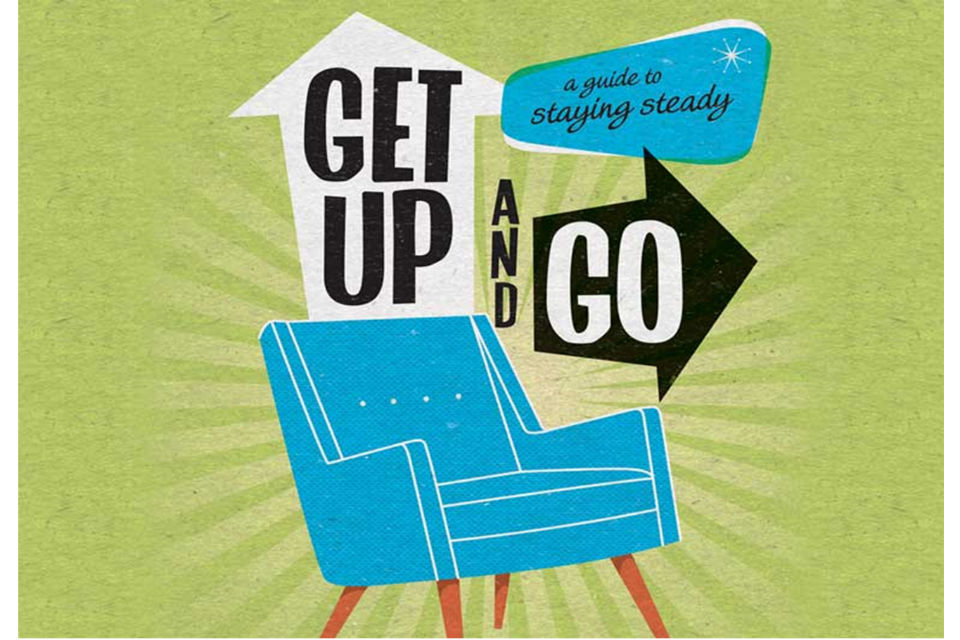Dementia Fall Risk for Dummies
All About Dementia Fall Risk
Table of ContentsOur Dementia Fall Risk Statements9 Easy Facts About Dementia Fall Risk ShownSome Known Factual Statements About Dementia Fall Risk The smart Trick of Dementia Fall Risk That Nobody is Talking About
A loss threat assessment checks to see just how likely it is that you will certainly fall. The assessment normally includes: This consists of a series of questions about your overall health and if you've had previous drops or problems with balance, standing, and/or walking.STEADI includes screening, assessing, and intervention. Treatments are suggestions that may decrease your risk of falling. STEADI consists of three steps: you for your danger of succumbing to your threat variables that can be enhanced to attempt to stop drops (as an example, balance problems, impaired vision) to lower your risk of dropping by making use of efficient strategies (as an example, providing education and resources), you may be asked numerous questions consisting of: Have you dropped in the past year? Do you really feel unsteady when standing or walking? Are you stressed over falling?, your service provider will certainly check your toughness, balance, and gait, using the adhering to loss analysis tools: This test checks your stride.
If it takes you 12 secs or even more, it may imply you are at greater danger for a fall. This examination checks strength and equilibrium.
Move one foot halfway onward, so the instep is touching the big toe of your other foot. Move one foot completely in front of the other, so the toes are touching the heel of your other foot.
The Dementia Fall Risk Ideas
A lot of drops happen as a result of numerous contributing variables; as a result, taking care of the risk of falling starts with determining the elements that add to fall danger - Dementia Fall Risk. A few of one of the most relevant danger variables include: Background of prior fallsChronic clinical conditionsAcute illnessImpaired gait and balance, reduced extremity weaknessCognitive impairmentChanges in visionCertain risky medicines and polypharmacyEnvironmental factors can likewise enhance the danger for falls, consisting of: Inadequate lightingUneven or harmed flooringWet or unsafe floorsMissing or damaged hand rails and order barsDamaged or poorly fitted devices, such as beds, wheelchairs, or walkersImproper use assistive devicesInadequate supervision of individuals staying in the NF, including those that exhibit aggressive behaviorsA successful loss danger administration program calls for a thorough scientific analysis, with input from all members of the interdisciplinary group

The care strategy must additionally consist of treatments that are system-based, such as those that promote a risk-free setting (suitable illumination, hand rails, order bars, and so on). The performance of the interventions ought to be examined periodically, and the treatment strategy modified as needed to reflect modifications in the fall danger evaluation. Implementing a fall danger administration system utilizing evidence-based finest practice can lower the prevalence of drops in the NF, while restricting the capacity for fall-related injuries.
Dementia Fall Risk Can Be Fun For Everyone
The AGS/BGS standard recommends evaluating all grownups aged 65 years and older for loss threat annually. This testing contains asking patients whether they have dropped 2 or more times in the past year or sought clinical attention for a loss, or, if they have not fallen, whether they feel unsteady when strolling.
Individuals that have fallen when without injury should have their balance and stride assessed; those with stride or equilibrium irregularities must get added assessment. A history of 1 fall without injury and without gait or balance troubles does not call for further analysis past continued yearly fall danger screening. Dementia Fall Risk. A fall risk assessment is called for as component of the Welcome to Medicare exam

7 Simple Techniques For Dementia Fall Risk
Recording a falls history is one of the quality signs for fall avoidance and management. Psychoactive medications in specific are independent forecasters of drops.
Postural hypotension can usually be minimized by reducing the dosage of blood pressurelowering drugs and/or quiting medications that have orthostatic hypotension as an adverse effects. Use above-the-knee support tube and resting with the head of the bed raised may additionally minimize postural decreases in high blood pressure. The advisable elements of a fall-focused checkup are displayed in Box 1.

A pull time above or equal websites to 12 secs recommends high autumn risk. The 30-Second Chair Stand test assesses lower extremity toughness and balance. Being incapable to stand from a chair of knee elevation without utilizing one's arms indicates boosted fall risk. The visit this website 4-Stage Equilibrium examination assesses static balance by having the patient stand in 4 positions, each gradually a lot more difficult.